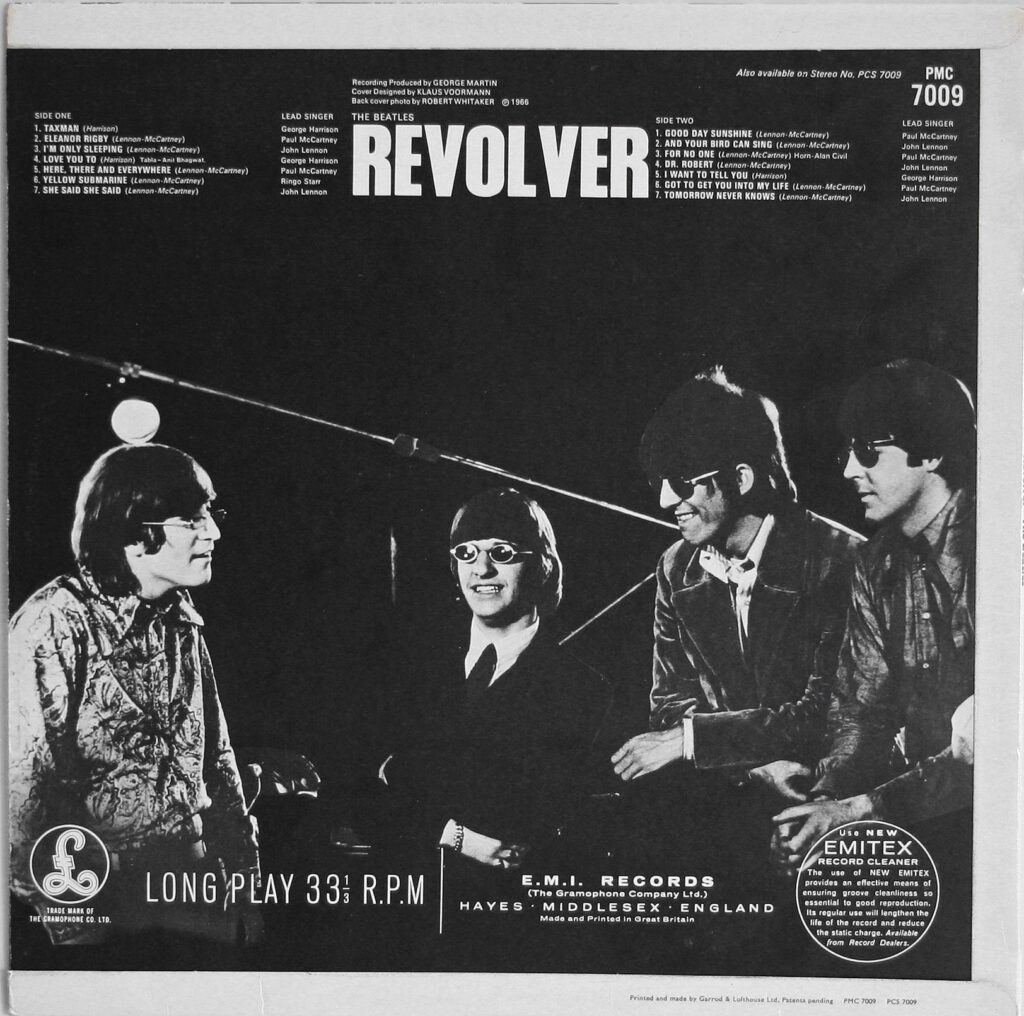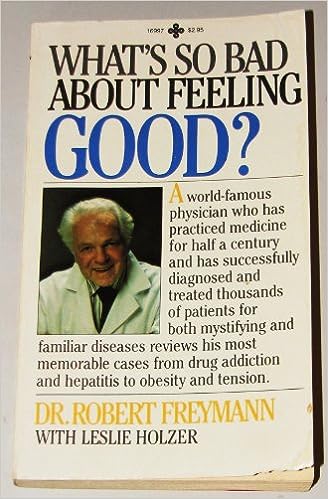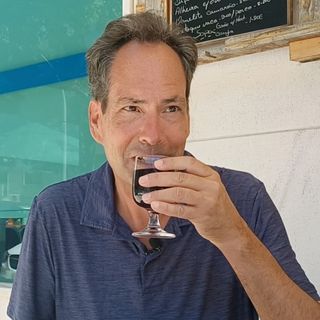Speculation has ranged from an art dealer to a New York doctor to Bob Dylan to John Lennon himself. Let’s take a look at the suspects.

Doctor Robert Origin Story
All four Beatles were enthusiastic recreational drug users. Shortly after their arrival in Hamburg in 1960, the boys, (John, Paul, George, and original drummer Pete Best were all teenagers. Bassist Stu Sutcliffe had just turned 20) began popping amphetamines. The pills were needed to keep the group going during grueling 8 hour nightly performances where they were expected to “Mach schau!” (put on a show!).
At the end of August, 1964, Beatlemania was in full swing and The Beatles were in the midst of a month long tour of the U.S. While playing two dates at Forest Hills, the tennis club famous for hosting the U.S. Open. This is when the band met their hero Bob Dylan at Park Avenue’s Delmonico Hotel.
Bob had misheard the “I can’t hide” lyrics to “I Want To Hold Your Hand” as “I get high” and assumed the Liverpool lads were pot heads.
Dylan rolled a sloppy joint and offered it to John. John, having never tried pot, passed it to Ringo, calling him “My Royal Taster.” Ringo was unaware of marijuana protocol and smoked the entire joint himself. More doobies were rolled and much hilarity ensured. The Beatles became so enamored with the drug that by 1965, Lennon said they were “smoking it for breakfast.”
In the spring of ‘65, John and Cynthia Lennon, along with George Harrison and Patti Boyd were invited to at the London home of dentist John Riley. At the end of the meal, Riley spiked their coffee with LSD without telling his guests. Furious at the deception, John stormed out with Cyn, George, and Patti. This was John and George’s first experience with acid.
They tried acid again in August along with Ringo at a house in Los Angeles. It was here that actor Peter Fonda, also tripping balls, said to John “I know what it’s like to be dead,” words he would incorporate into the song “She Said She Said.”
Paul refused to partake and this led to some estrangement with his bandmates. George summed it up, saying “we couldn’t relate to (Paul) on any level, because acid had changed us so much.”
Doctor Robert
You’re a new and better man
He helps you to understand
He does everything he can
Doctor Robert
When Paul finally did try LSD for the first time in December of 1965, it was without John, George, and Ringo.
John and Paul were partying at club in London, celebrating the end of what would be their last U.K. tour. Paul, sans John, then attended an after party at the home of Tara Browne, a young socialite and heir to the Guinness fortune. Tara offered sugarcubes to his guests which had been dosed with LSD. Paul decided to try the drug and had a mind-expanding trip. McCartney tried LSD several more times, but never embraced it like Lennon and Harrison.
A year later, Tara Browne died in a car accident. John used information from a newspaper account of the crash as part of the lyrics to “A Day in the Life.”
Recording “Doctor Robert”

The sessions for the “Revolver” LP took place over 2 ½ months between early April and late June 1966.
The band was light years ahead of where they were just three years earlier when they recorded their first album. “Revolver” was full of experimental sounds and studio tricks like tape loops, backwards instrumentation, revolving speakers, and variable tape speeds. The studio had become an active part of the recording process, an instrument itself, not just a place where recording took place.
Songs like “Tomorrow Never Knows.” “She Said She Said,” and “I’m Only Sleeping” showed off The Beatles’ experimental side.
“Doctor Robert,” on the other hand, was more straightforward musically. Although Lennon’s stereo phased vocals and the “Well, well, well, you’re feeling fine” parts are rather trippy.
Who was the real Doctor Robert?
The song’s lyrics tell the story of a Dr. Feelgood, a physician who doles out narcotics like candy. In the song, John sings that he “works for the National Health,” the state run healthcare system in the U.K.
But, this “clue” needs to be taken with a grain of salt. So many Beatles’ songs are full of intentional obfuscation and misdirection that we’re left to try and figure out the real identity of Doc Robert for ourselves.
Dr. Robert Freymann

The most likely candidate for the real-life Doctor Robert is German-born Dr. Robert Freymann. He was well-known to the rich and famous of 1960’s New York City. Freymann gave his well-to-do clients “vitamin” shots of B-12 laced with amphetamines.
If you’re down, he’ll pick you up
Doctor Robert
Take a drink from his special cup
Doctor Robert
There’s no evidence John Lennon ever visited Dr. Freymann, but his methods were an open secret. Freymann lost his medical license in 1975 but continued to advocate “speed.” In his 1983 he wrote his autobiography, calling it “What’s So Bad About Feeling Good?” Robert Freymann died in 1987. His clinic at 3 E 78th Street in New York City is now home to multi-million dollar condos.
Robert Fraser
“Groovy Bob” Fraser was an art dealer and owner of the Robert Fraser Gallery in London. Groovy Bob was known for more than dealing pieces or art. He supplied the swinging set, including members of The Rolling Stones and The Beatles, with pot and cocaine.
Groovy Bob was also indirectly responsible for introducing John to Yoko Ono. He sponsored Yoko’s “Unfinished Paintings And Objects” at the Indica Gallery in 1966. John was mesmerized by the exhibit and met Yoko through the gallery’s owner, John Dunbar.
The Robert Fraser Gallery later hosted John and Yoko’s joint exhibit “You Are Here” in 1968.
But, Fraser is best known as being present at Keith Richards’ house when it was raided by the drug squad in 1967. Groovy Bob claimed that the drugs found on the premises belonged to him and not Mick and Keith. Jagger and Richards were eventually acquitted, but Bob spent six months doing hard labor.
Robert Fraser eventually fell into a spiral of heroin addiction and died of AIDS in 1986, one of the first celebrity casualties of the HIV/AIDS epidemic.
Dr. Robert MacPhail
Aldous Huxley’s last book, 1962’s “Island,” has a character named Dr. Robert MacPhail. In the book, the doctor prescribes psychedelic drugs to patients.
There has been speculation that the line “now I find I’ve changed my mind and opened up the doors” from John’s song “Help!” is a reference to Huxley’s “The Doors of Perception,” a book about the author’s experience with psychedelic drugs.
In 1966, around the time The Beatles were getting ready to enter the studio to record “Revolver,” John said in an interview that he was reading Huxley. Apparently, Lennon liked “Brave New World” so it isn’t out of the question that he also read “Island,” the book with the Dr. Robert MacPhail character.
In 1967, The Beatles used Huxley’s image as one of faces on the cover of “Sgt. Pepper’s Lonely Heart’s Club Band.”
John Riley
John Riley was the dentist that dosed an unsuspecting John and George with LSD, resulting in their first trip on acid. Since they both embraced the drug after that, Riley could be a part of the character John created.
Bob Dylan
Dylan is credited with turning the Fab Four on to marijuana in 1964. But, his claim to the Doctor Robert title is tenuous at best. Other than the fact that he shares the same first name with the notorious doctor.
John Lennon
John wrote “Doctor Robert” so I’ll give him the final word on the subject.
In the early days, before there was Beatlemania, before there were screaming teenagers, and certainly before The Beatles had roadies to do their dirty work, John said that he supplied the band with the pills that fueled them on the road. “(Doctor Robert) was about myself. I was the one that carried all the pills on tour.”
Final Verdict
In the end, it’s likely that Doctor Robert was a composite character created out of each of the men listed above. The lion’s share of Doc Robert is probably about Dr. Robert Freymann, but a case can be made for the others on the list. However, as John Lennon said in later interviews, all the songs were about him, even the negative ones. After all, “You’ll pay money just to see yourself.”
About the Author

Brent Petersen is the Editor-in-Chief of Destination Eat Drink. He currently resides in Setubal, Portugal. Brent has written the novel “Truffle Hunt” (Eckhartz Press) and the short story collection “That Bird.” He’s also written dozens of foodie travel guides to cities around the world on Destination Eat Drink. Brent’s podcast, also called Destination Eat Drink, is available on all major podcasting platforms and is distributed by the Radio Misfits Podcast Network
